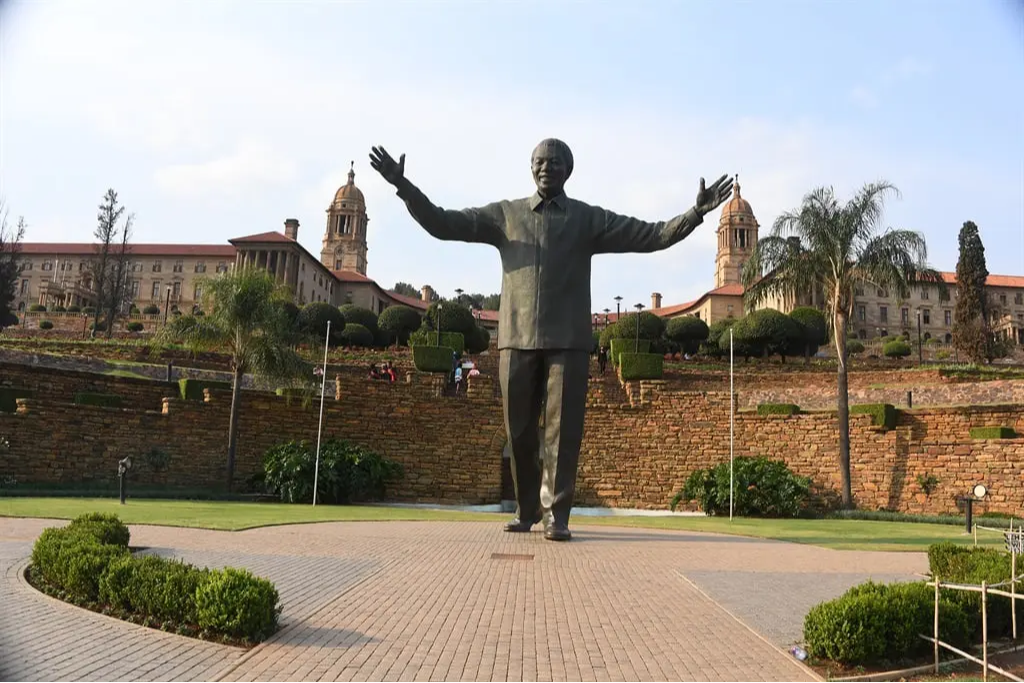
Pretoria, August 4 (RHC)-- Various sites in South Africa related to the long and bloody struggle against apartheid have recently been added to the list of the United Nations Educational, Scientific and Cultural Organization, Science and Culture (UNESCO) World Heritage.
The system of institutionalized racial segregation was established in South Africa after the Second World War. It was finally eradicated in the early 1990s -- largely due to the sacrifices of activists like Nelson Mandela, who came to serve as the country’s first post-apartheid Black president.
Recently nominated to UNESCO as “Human Rights, Struggle for Liberation and Reconciliation: Nelson Mandela Legacy Sites,” the heritage consists of fourteen component parts scattered throughout the country, all related to the political history of South Africa in the twentieth century.
These include the Union buildings, which are now the official seat of the South African government and house the offices of the president. Over the years, they have hosted many important events, such as the inauguration of South Africa’s first democratically elected president in 1994. A nine-metre-high bronze statue of Nelson Mandela has been standing at the foot of the buildings since it was unveiled one day after his funeral in Qunu -- a village near the birthplace of the late president -- in late 2013.
In the words of Tokyo Sexwale, an anti-apartheid activist who was in prison with Mandela, "the inclusion of the site on the heritage list symbolizes world recognition of South Africa’s long journey towards freedom."
“It’s a great recognition for UNESCO to do that, but for us, it’s for South Africa, as I said earlier. It is for human rights, it is for social justice, it is for the recognition of what democracy has defended. It was for our own national self-determination, to take the affairs of our nation into our own hands. Therefore, it is important that the UN, UNESCO, in this case, give us recognition of what happened here,” said Sexwale.

